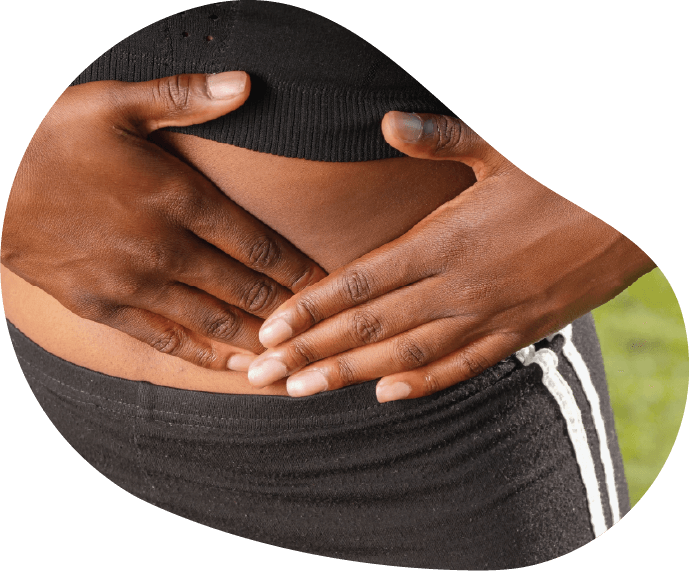
What is Pelvic Venous Disorders (PCD)?
Pelvic Venous Disorders is a condition that causes chronic pelvic pain. It’s thought to be caused by problems with the veins in the pelvic area. This is the lower part of your belly (abdomen).
Veins are the blood vessels that carry blood back to the heart. In some women, veins in the lower abdomen may stop working well. Blood may start to build up inside the veins. When this happens, the veins in your pelvis can enlarge and change shape, like varicose veins. This may lead to pain and other symptoms of pelvic congestion pain.
It happens mostly in women of childbearing age. It may be more common in women who have given birth to more than one child.


